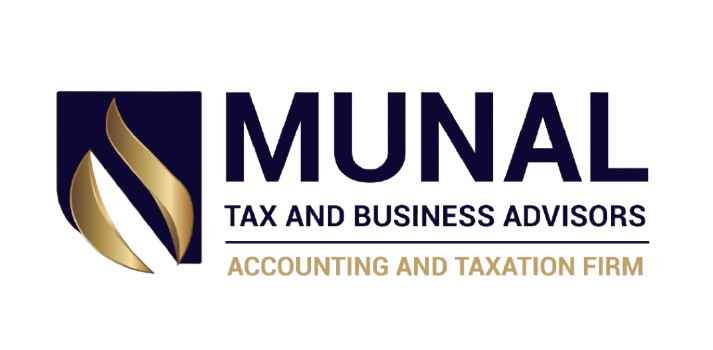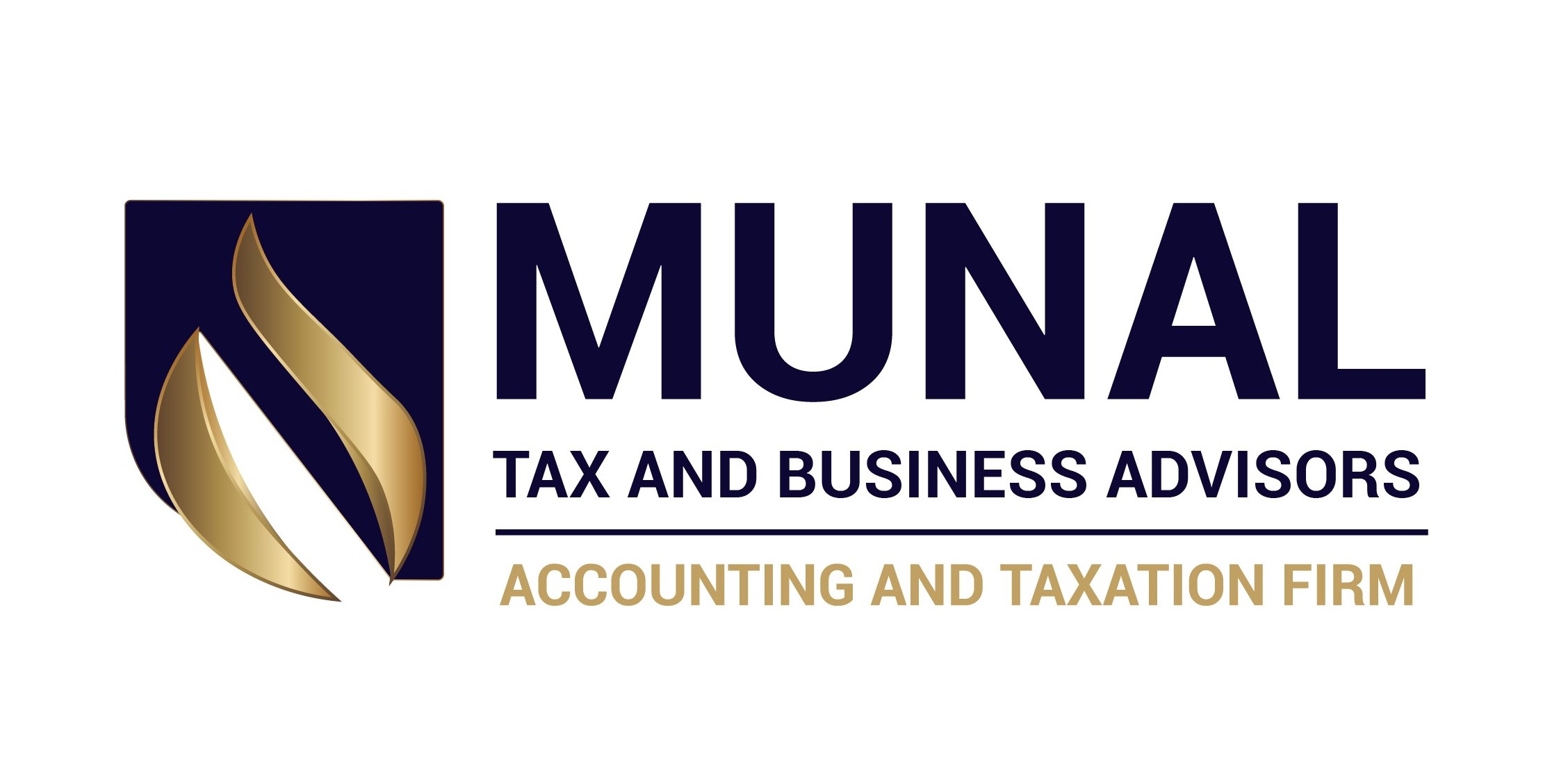Businesses use depreciation to inform stakeholders about how their assets are being utilized. It also reduces the recorded historical value of those assets over time. By reviewing this information, stakeholders can anticipate when the company might need to invest in replacement assets. For instance, companies that rely on design equipment or hardware typically replace these tools periodically throughout their operations or the lifespan of the business. When the accumulated depreciation of an asset approaches its original cost, it often signals that a replacement may be needed soon. For businesses, assets such as equipment, furniture, vehicles, and even office fit outs lose value over time. This reduction in value is called depreciation, and the ATO allows you to claim it as a tax deduction. A depreciation schedule outlines the value of each asset and how much you can claim each year, helping you maximize deductions while staying compliant.
To get started:
Click Here



